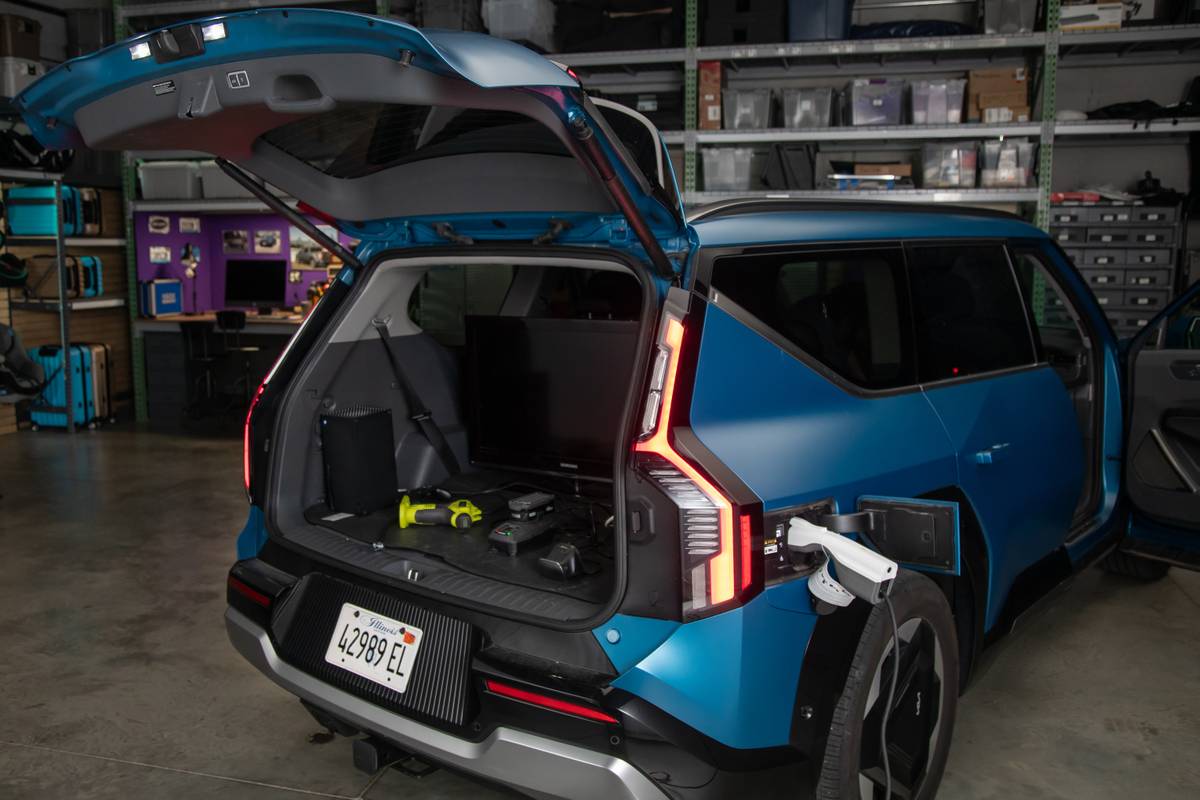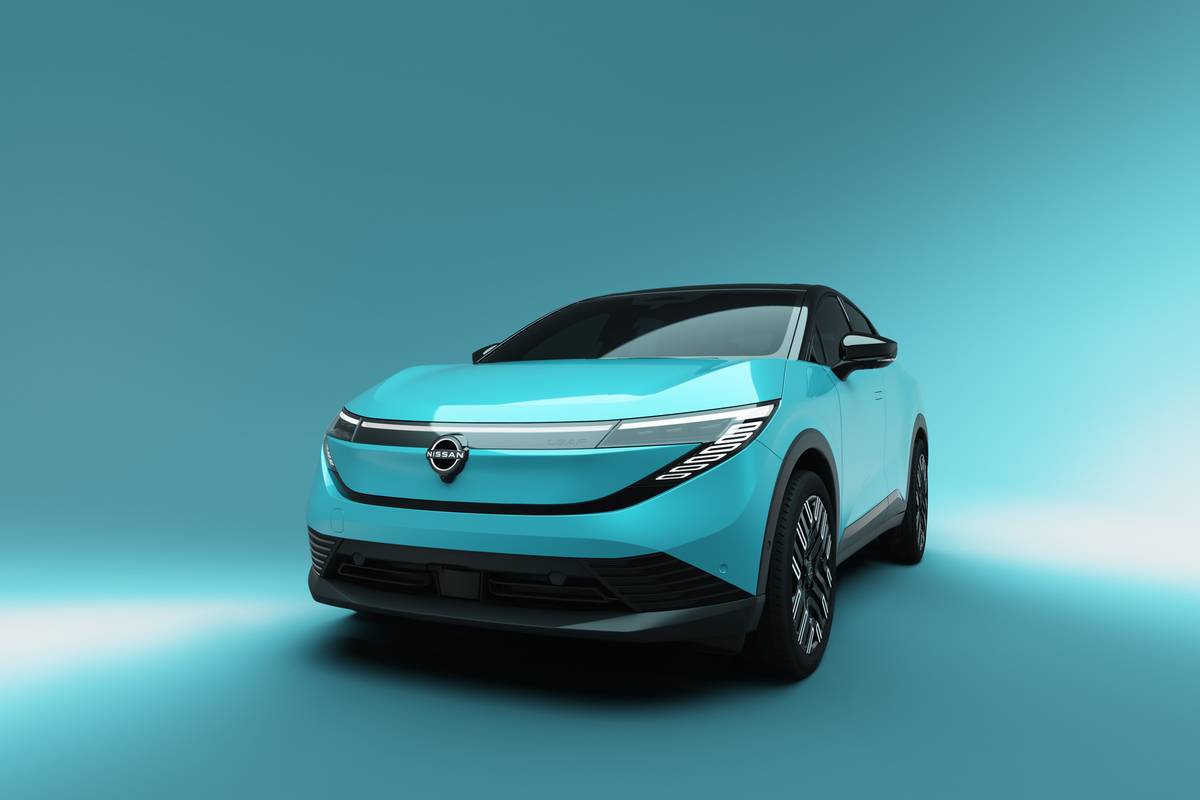chicagotribune.com's view
All who took our advice (Cartalk, Aug. 8) to hold off on buying a 1999 Mitsubishi Eclipse in favor of waiting for the 2000 update can send their tokens of gratitude (small denominations, unmarked, please) to this office.
Talk about night and day in just one model year!
The ’99 Eclipse looked bulbous and bulky. The ’00 is streamlined and borrows heavily from the styling of Mitsubishi’s SST concept sports coupe.
The bulges have been replaced by more decorative sheet metal.
The doors sport deep louvers (Mitsubishi calls them strakes) like those on the Pontiac Grand Am, the front and rear wheel wells are sharply sculpted and the ugly whale-tail spoiler that looked like a giant hook with which to hang the car in the garage has been replaced by a slimmer, lower-slung one that complements the design rather than detracts from it.
Inside, the ’99 Eclipse required a shoehorn for entry or exit. The ’00 successor is roomy and doesn’t require a Ph.D. in contortionism to slip into or out of.
The ’00 is roomier because it is built off the larger Galant platform, which means it’s longer, wider and taller than the model it replaces.
The ’00 wheelbase is nearly two inches longer, length nearly three inches longer, height nearly two inches more and width nearly a half-inch more–officially to expand hip room but actually meaning the ability to hold your butt in the bucket– than the ’99.
However, Mitsubishi didn’t solve the problem of rear-seat room in the ’00. While boasting rear-seat legroom is almost two inches more than in the old model, that’s two inches more than nothing. The rear seat is still for packages.
Pull the lever and the front passenger seat slides forward to provide gaping access to the back seat. But if you do make it in back, your head will be lodged against the rear window, your legs wedged into the back of the front seat.
A more pleasant surprise is the selection of engines for 2000–namely the disappearance of the 2-liter, 210-horsepower, turbocharged 4-cylinder in favor of a 3-liter, 205-h.p. 24-valve V-6 that’s much quieter and smoother without the annoying turbo lag.
Why the V-6? To attract some older, more affluent buyers. Eclipse was strictly the domain of youth, especially young women.
Nothing wrong with youth or young women, but nothing wrong with attracting the 30- to 40-somethings too.
Another reason for dropping the turbo, Mitsubishi says, is that it cost more to service, which is true, and it costs more for those youthful drivers to insure a car with a turbo than with a V-6.
Eclipse is built at Mitsubishi’s Normal, Ill., plant that has been short of reaching production capacity since Day 1, so anything that can be done to increase output by increasing Eclipse coupe sales won’t hurt.
Eclipse is offered in RS, GS and top-of-the-line performance GT versions. We tested the latter that comes only with the V-6 and a choice of 5-speed manual or 4-speed Sportronic, one of those transmissions that allows automatic shifting or manual upshifting or downshifting without a clutch.
When we tested the ’99 Eclipse GT-S, it came with the 2-liter turbo 4 and a cumbersome, mind-of-its-own 5-speed manual. Sportronic is a welcome relief, though you probably can count on your thumbs the folks who will use the clutc hless manual.
The ’00 Eclipse GT with V-6 is rated at 20 m.p.g. city/27 m.p.g. highway–economy-car mileage from a spirited V-6 sports coupe. Nice touch.
However, be advised that in an effort to bring home the point that the Eclipse GT is a performance machine, Mitsubishi engineers tweaked the exhaust to come up with the muffled rumble that sounds very much like an old British roadster taking off.
Cute sound effects, at first, but the muffled rumble never goes away and you’ll find yourself adjusting the radio dial to counter the annoyance after a few miles.
The ’99 featured a suspension that couldn’t pass a pock mark in the road without saying howdy.
The ’00 glides over the pavement without a lot of road harshness reverberating back through the wheel and the seat of your pants.
The GT is agile into and out of corners and turns.
We found the speedometer needle steadily climbing while exiting on one of those wide-swing tollway ramps. The GT rides on 17-inch performance radial tires designed to handle aggressive cornering as well as straight-line stability.
Didn’t realize just how poor the ’99 Eclipse suspension was until experiencing the road-hugging ’00.
Sadly, Mitsubishi no longer offers an all-wheel-drive Eclipse for optimum ride and handling regardless of road or weather conditions.
The price was too high, the demand too low.
Though there won’t be an AWD performance version, take heart that at least there will be a convertible for 2001.
While the ’00 is so much better than its ’99 counterpart, Mitsubishi failed to remedy a few problems.
Roof pillars still partially block rear vision. Also, the rear window is massive, stretching over the top of the rear seat. That’s a lot of sun coming in on any occupant who can fit back there.
The reason for such an expanse of glass is the egg-shaped roof line. Without the glass stretching over the rear seat, you’d have almost no rear vision.
Also, because the glass is so big, a compromise had to be made on the power sunroof.
It has to lift up and then go back over the roof rather than slide into the roof. The design sometimes means excess wind noise when the sunroof is partially open.
The RS and GS replace the Chrysler-built 2-liter, 140-h.p. 4-cylinder with a Mitsubishi-built 2.4-liter, 154-h.p. 4. New for 2000 is the Eclipse GT designation with the 3-liter V-6 replacing the old 2-liter turbo.
Base price is $17,697 for the base RS with 5-speed, $18,497 with automatic; $19,047 for the GS with 5-speed, $20,047 with automatic; and $20,187 for the GT with 5-speed, $21,187 with Sportronic.
Of note, the RS comes with 15-inch radials, the GS with 16-inchers, the GT with 17-inch treads.
To keep base prices down, four-wheel anti-lock brakes and traction control (with Sportronic only) are optional on the GT and were part of a $2,890 package in our test car that includes side-impact air bags as well as power sunroof.
The s tandard equipment also included four-wheel independent suspension; front and rear stabilizer bars; power, four-wheel disc brakes; stainless-steel exhaust; air conditioning; power windows/locks/doors; AM/FM stereo with CD player; height-adjustable steering column; keyless entry; split folding rear seat backs; cruise control; center console with dual cupholders; 12-volt accessory outlet; tinted solar glass; color-keyed front and rear bumpers; and rear-window defroster.
While Mitsubishi adds a new Eclipse to the lineup for 2000, it dropped the 3000GT sports coupe, whose sales had all but stopped.
>> 2000 Mitsubishi Eclipse GT Wheelbase: 100.8 inches Length: 175.4 inches Engine: 3-liter, 24-valve, 205-h.p. V-6 Transmission: 4-speed Sportronic automatic Fuel economy: 20 m.p.g. city/27 m.p.g. highway Base price: $21,187 Price as tested: $24,077. Includes $2 890 for GT premium package with ABS, Infinity AM/FM/cassette/CD player and seven speakers, leather-trimmed seats, power driver’s seat, rear-window wiper, alarm, front-seat, side-impact air bags, traction control and power roof. Add $435 for freight. Pluses: Got rid of most of the minuses from the previous version, especially the cramped cabin and having to offer a turbo to get performance out of the 4-cylinder, which is replaced by a V-6. Long list of standard equipment. Minuses: Rear-seat room still minimal. After a few blocks, the sporty exhaust rumble starts to wear thin. Have to wait for the convertible next spring. >>
Latest news



